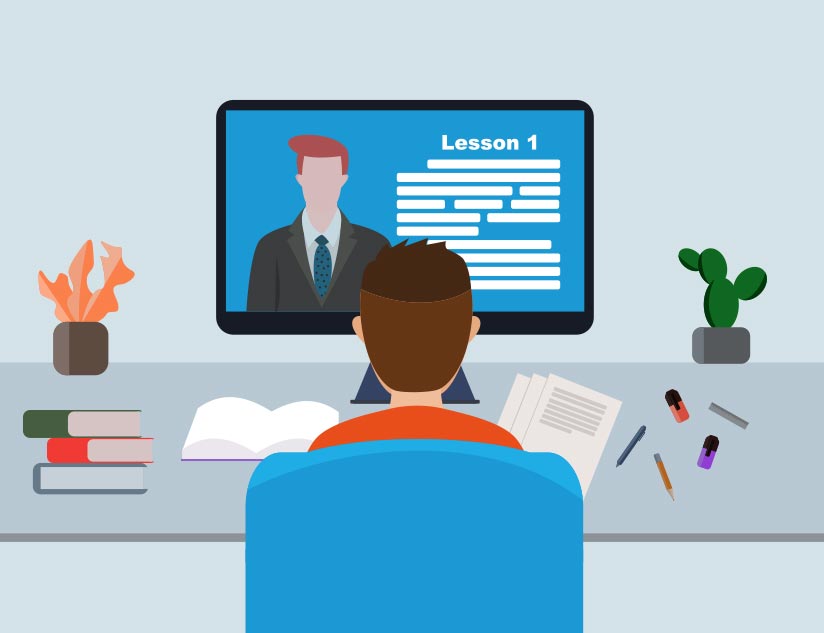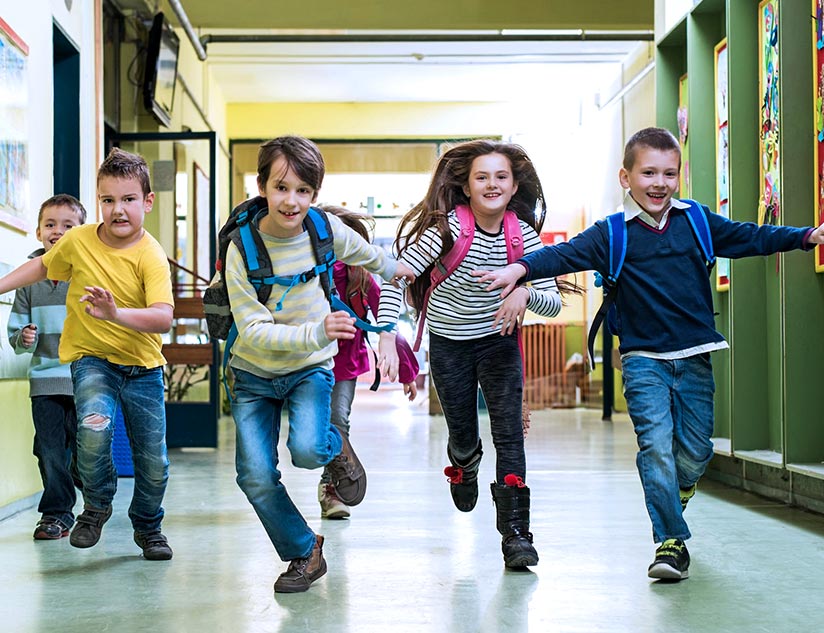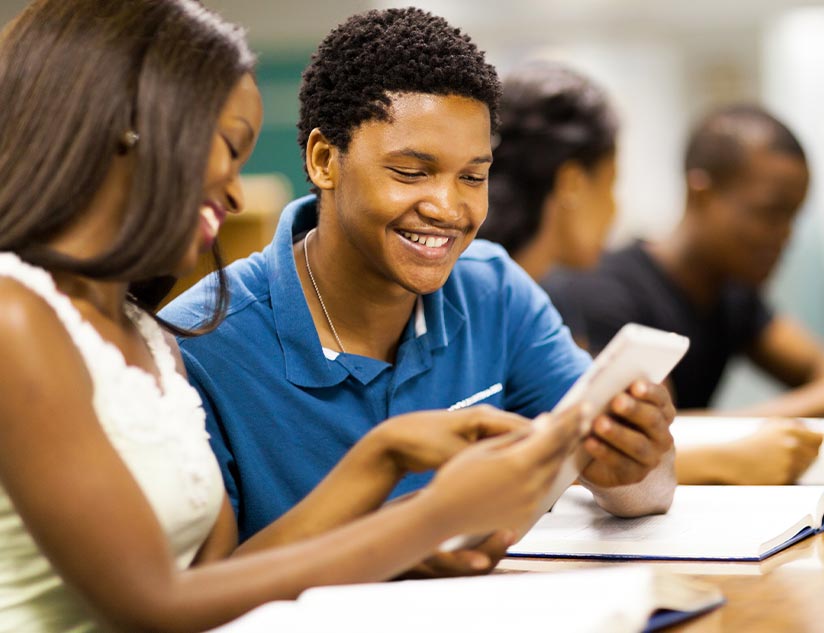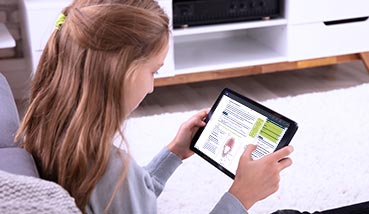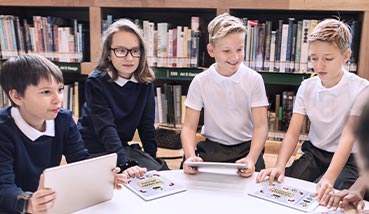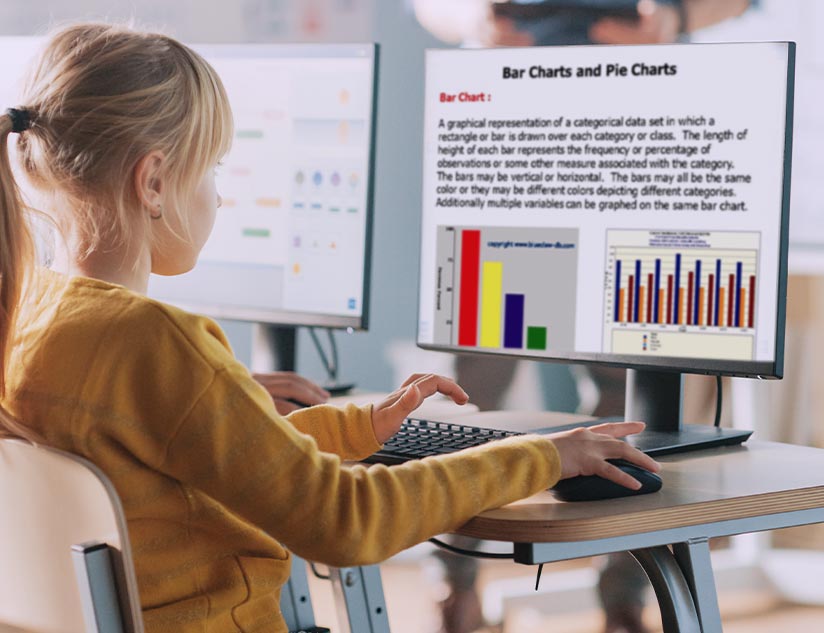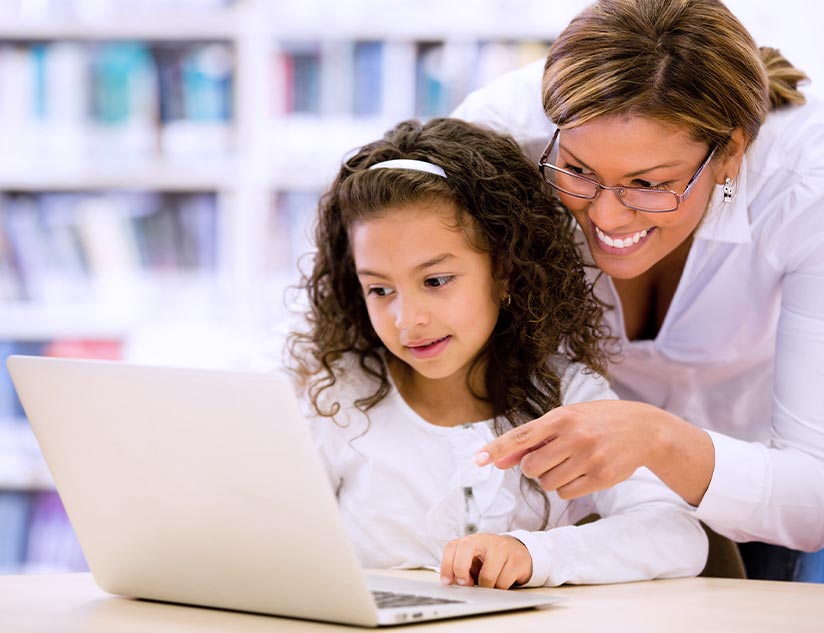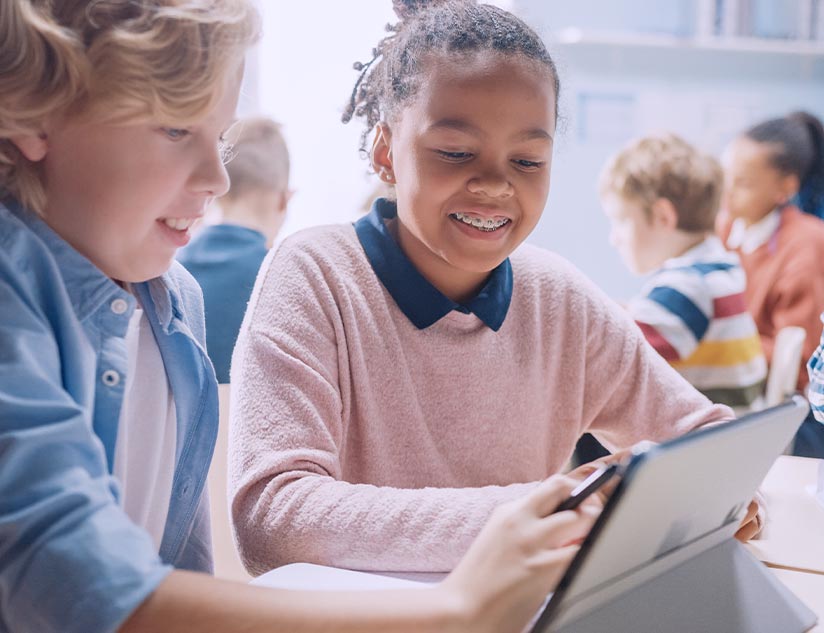The pandemic forced a sudden transformation in various sectors across the world, including education. As schools and college campuses were closed and classes were suspended, educators scrambled to find alternatives to face-to-face teaching overnight to guarantee continued education. At the peak of school closures, around the end of April 2020, 1.6 billion learners across 194 countries were staring at an uncertain future.
The Pandemic Highlighted the Need for Scalable EdTech Solutions
Schools adopted online learning tools on an unprecedented scale. But the pandemic also revealed huge digital gaps and inequalities in society. Many students did not have access to broadband internet, while many others had to share devices with siblings and parents.
These challenges highlighted the need for scalable EdTech solutions, which can offer a good balance between access to multi-channel mechanisms, provision of educational materials and continued support to enhance learning and teaching experiences. For example, Telesecundaria, the Mexican educational television for 50 years, offered remote learning to multi-grade schools and marginalized populations without internet access. In the wake of the COVID crisis, the Mexican Ministry of Education extended this platform for primary, secondary, as well as tertiary levels.
Multimedia materials were broadcast online, as well as through free and cable television in other Spanish-speaking countries. The BBC’s Bitesize Daily offered 14 weeks of curriculum-based learning for kids in the UK, powered by 200 expert teachers and other celebrities. The Los Angeles Unified School District (LAUSD) partnered with local PBS stations to offer tailored education programs to students across a range of digital options and also through on-air broadcasts.
Emergence of a New Pedagogy
The sudden transition to online learning, as a result of the pandemic, has triggered huge changes in our understanding of pedagogy. While digital learning platforms and other EdTech tools were being used even before the pandemic, they were never adopted at such an unprecedented level. It also became clear that these systems are here to stay due to their immense advantages.
For instance, research reveals that compared to traditional classroom learning, eLearning requires 40%-60% less time to learn, as students can learn at their own pace, re-read, skip ahead or accelerate through subjects they understand. Some common trends expected to continue are:
- A shift towards flexible learning models. Classrooms will no longer be the only learning center.
- More support between educators and students over content formats and teaching methods. Students will help one another through discussion groups, collaborations, peer reviews, online study groups and feedback sessions from teachers.
- Increased use of technology in student assessments. AI and machine learning can play crucial roles here.
Factors that Trigger the New Pedagogy
Societal changes, technological advancements and student aspirations are some of the motivating factors behind the emergence of the new pedagogy.
1. Demand for 21st Century Skills
There is a great emphasis now on having skills required to survive in the rapidly changing digital economies. This includes combining traditional skills like mathematical, financial and scientific literacy with social and emotional proficiency. Cognitive flexibility, creativity, and other soft skills are important as well.
This highlights the importance of continued and lifelong learning. With the rapidly changing face of workplaces, it’s imperative that educators and governments invest in developing a skilled workforce of the future. This will also be key to securing and retaining jobs in the pandemic-induced changes in business models.
2. New Student Expectations
Students are looking for flexible learning models, as they look to pursue careers and education simultaneously. This is especially true in the wake of rising education costs. Also, technology comes naturally to the current generation. They want to use new EdTech tools wherever they can to develop technological literacy and become subject matter experts. This is why blended learning, a combination of classroom and digital resources, is being explored by educators as the best solution for the future of education.
3. Advent of New Technologies
Students’ desire for more control over their access to knowledge has been supported by the rapid advancements in smartphone and digital technologies, social media and other technologies like AI and machine learning. Educators are using new tools like gamification, simulations and data analytics to drive engagement and retention among students.
As instructors are becoming increasingly familiar with such technologies for teaching and assessment, new responses and pedagogical strategies are emerging. Some of the key contributors to these trends have been:
- Flipped Classroom Models: Integration of classroom and online teaching through video recordings, open education resources, formative assessments and more. Faculties are experimenting with project-based learning, small group work, practical exercises and more.
- Use of Multimedia and Open Educational Resources: Animation, rich graphics, video, and audio clips are now being embedded in textbooks. Interactive eBooks are allowing students and teachers to annotate, edit materials, and include assessments and feedback. Also, multilingual support and offline access to digital content has been ground breaking.
- Bite-sized learning anywhere, anytime: There is an increased demand for just-in-time learning modules that can help students to add microcredentials to their résumés. These microlearning modules can help students who have part-time jobs or those who need extra help with their learning.
- Newer Assessment Technologies: Data analytics provide teachers with the required information to modify their instruction, content formats, and lend extra support to students lagging behind. Teachers can track the effectiveness of educational resources, providing students with resources that match their pace, interests and capabilities.
Technology is indeed enabling a new form of pedagogy, one that aims to remove inequalities. It is up to teachers and district leaders to make the best use of these platforms and make a difference.
MagicBox™ has been enabling new pedagogical trends in education for a long time. Contact us to understand how we can help you to accelerate positive learning outcomes.

